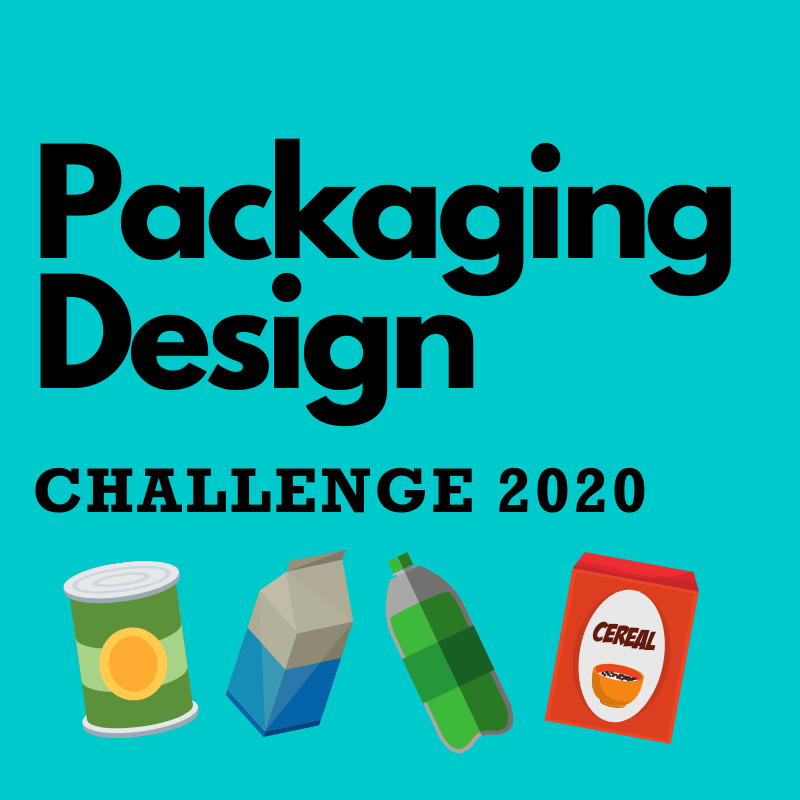Show the kids how it’s done by joining the Packaging Design Challenge at home
The reason cans have been flying off the shelves in recent weeks can be summed up in one word – safety.
People feel safe with cans: not only do they have a long heritage of trust – tried and tested as we often say – but there is a general feeling that if you got a few cans in the house, you won’t go hungry. Not that starvation was ever a real threat, but it’s comforting nonetheless to know that there’s food there, and that in a can it will have a long shelf life, and meet most nutritional requirements too.
Which got me thinking. What else about the can makes it so right for these times?
Well there’s ease of storage of course: cans can be stacked; the pack is robust, and its contents will always be protected. As well at as home, this is a huge benefit to retailers and brand owners too who can top load cans without a requirement for masses of secondary packaging. And while cans may not necessarily look any physically different than they have for years, the reality is that their actual weight has reduced by at least a third and nowadays the side walls of some is actually no thicker than a human hair yet the can remains totally robust.
It’s also tamperproof and its contents are protected from microbe contamination and light. And, as the food is cooked in the can without use of preservatives, its nutritional value is retained – locked in as though it were indeed a safe.
The can’s many attributes will be put to the test next week in a Packaging Design Challenge initiated by Tata Steel in Europe and presented on the MPMA’s Canned Food UK (CFUK) website.
Perfect for children in lockdown, the challenge encourages children aged 15 and under to design and create their own pack which demonstrates packaging’s important role in protecting food and drink.
Entrants will first create their ‘product’, a sponge in a freezer bag with 200ml of water, and then an actual pack for their product using materials otherwise destined for the recycling bin which have been cleaned – cereal boxes, milk cartons or loo roll holders would be perfect.
Entrants are invited to send photos or a video to CFUK by tagging Instagram posts with @cannedfooduk or #packagingdesignchallenge or emailing competitions@cannedfood.co.uk.
Entries should show how their packs are decorated, which parts are recyclable and, most importantly, if their pack survives the drop test – dropping their pack 5ft from the ground to see if the product leaks.
A winner will be selected by a panel of experts for a chance to win £100 in Amazon vouchers. The closing date is midnight on Monday 22 May 2020.
The Challenge launches with a live session on Canned Food UK’s Facebook page at 11am on Friday 24 April with Nicola Jones, Tata Steel’s Packaging Recycling Education manager, who normally visits schools nationwide delivering interactive workshops that showcase the benefits of packaging
So if your kids are short of an educational but fun lockdown activity, have a go at this. It’s a straightforward activity that they can do with minimal adult supervision, that’s away from a computer screen, and at the same time will help them learn about how packaging protects our food and drink.
Visit cannedfood.co.uk/packagingdesignchallenge or see entries as they come in on the CFUK’s Facebook, Twitter and Instagram channels.


